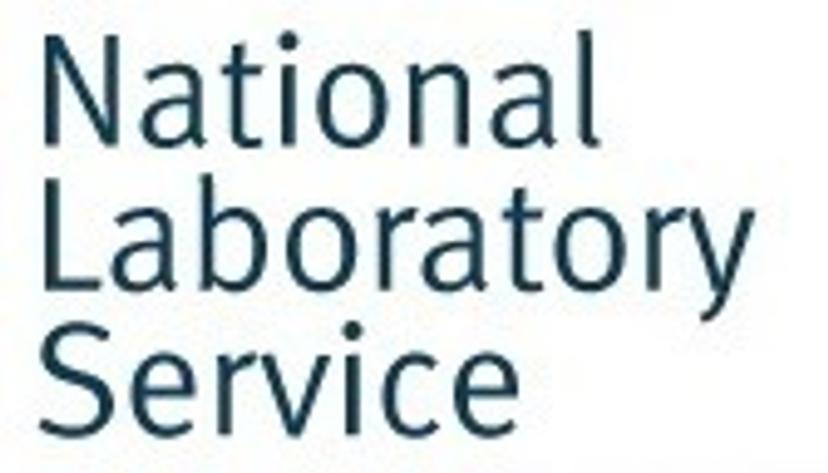Robust Method Development for Low Level Water Contaminant Analysis
Find out how GC-QQQ is enabling the analysis of low level contaminants in water at the National Laboratory Service
18 Sept 2016

Servicing the UK Environment Agency, the National Laboratory Service provides analytical solutions to problems of air, water and soil pollution, applying the very latest chemical and molecular techniques.
Anne Hazelden and John Adey of the Environmental Agency were tasked with method development for the detection of polycyclic aromatic hydrocarbons (PAHs) and other contaminants, such as pesticides. For their methods they used the Thermo Fisher Scientific TSQ 8000 Triple Quadrupole GC-MS/MS, on which they were able to develop three robust methods for water analysis to meet targets set by the environmental quality standards (EQS).
PAHs and pesticides have long been highlighted as hazardous water contaminants according to EQS due to their potential harm to human health. As a result, proper ecological risk assessment must be carried out, which follows a robust method. A particular challenge for effective method development is sensitivity as these contaminants may only be present in low concentrations in water.
PAHs have a very low limit of detection now so it was quite a challenge to get down to the sub-15% RSD (relative standard deviation) targets.
John Adey The National Laboratory Service
Use this instrument for your research? Share your experiences with other scientists worldwide and write a product review today.
For more videos from Water Contaminants Analysis for the EU Water Framework Directive Symposium, click here.

